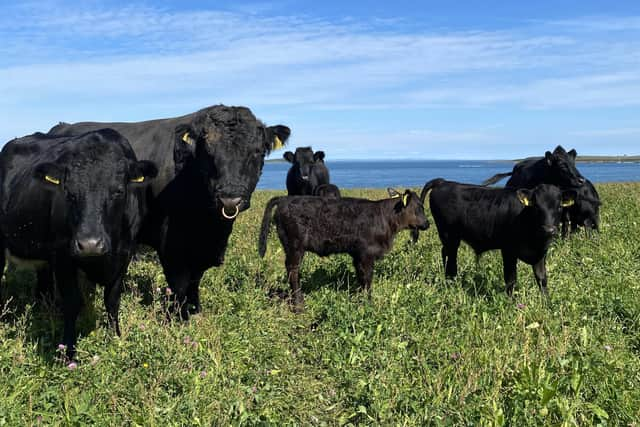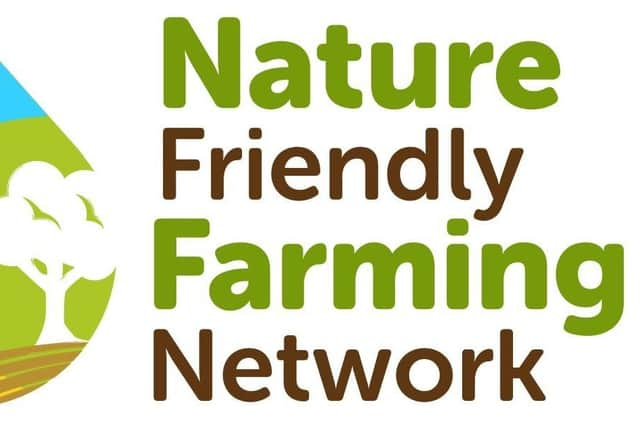Establishing herbal leys in Co Down
and live on Freeview channel 276
At Ballyboley, our family farm is centred around producing the highest quality food in a way that helps enhance the land and reduce environmental impact in the belief that sustainable farming practices allow us to produce the best beef we can.
From the outset, we have sought to implement regenerative practices in a system that works with what the land can naturally provide and reduces our reliance on inputs to maintain production. Our journey started on a small area of private land in Greyabbey and small pockets of conservation grazing for the National Trust.
Advertisement
Advertisement
As certified Pasture For Life, our herd of native breed pedigree Dexter cattle are well-suited to 100% pasture-fed rearing on grasslands rich in native herbs and flowers without synthetic fertilisers or grain feed. Through these farming systems, we’ve been able to build a loyal customer base who are passionate about sustainably produced local food.


This year we have been fortunate to expand our family farm and have taken on more National Trust land at Orlock, Co. Down, which has been dedicated to cereal production until now. The right forage is crucial for feeding our stock on pasture throughout the year, and we strive for a combination of legumes, herbs and grasses to ensure they get the nutrients they need.
Since the spring, we’ve been working hard to create the ideal grazing platform for our cattle by establishing over 50 acres of mixed species herbal leys. A greater variety of plants can provide many benefits, including improving livestock health and increasing soil fertility. The grasses provide carbohydrates, the clovers provide protein and herbs, such as chicory and burnet, improve mineral content in the forage.
These diverse plant species help build resilience against drought by remaining green and palatable for much longer than other traditional leys. Plants, such as birdsfoot trefoil, contain tannins in their leaves and stems, which can help reduce worm burden. In contrast, clovers help naturally fix nitrogen and negate the need for artificial fertiliser. An array of flowering plants promotes biodiversity across our fields and is an added bonus that supports a thriving ecosystem, where the herd are an integral cog.
Advertisement
Advertisement
Despite summer’s dry weather, our leys have done well, and we introduced our animals to the fields for the first time in early August. We have split the fields into paddocks, where a high density of stock mob graze an area between 4-6 days. This ensures the cattle graze and trample all the plant species at once, reducing the likelihood of one plant establishing dominance and suppressing other beneficial plants.


Since starting these systems, the cattle have been doing well, and I look forward to seeing the end result.
Although we’ve taken a big step in introducing herbal leys at scale, I believe they can fit in well to many systems, with the benefits far outweighing the costs.
If you’d like to hear more about our journey and see the leys in action, we’ll be holding a farm visit on 7 October, which is free to attend.